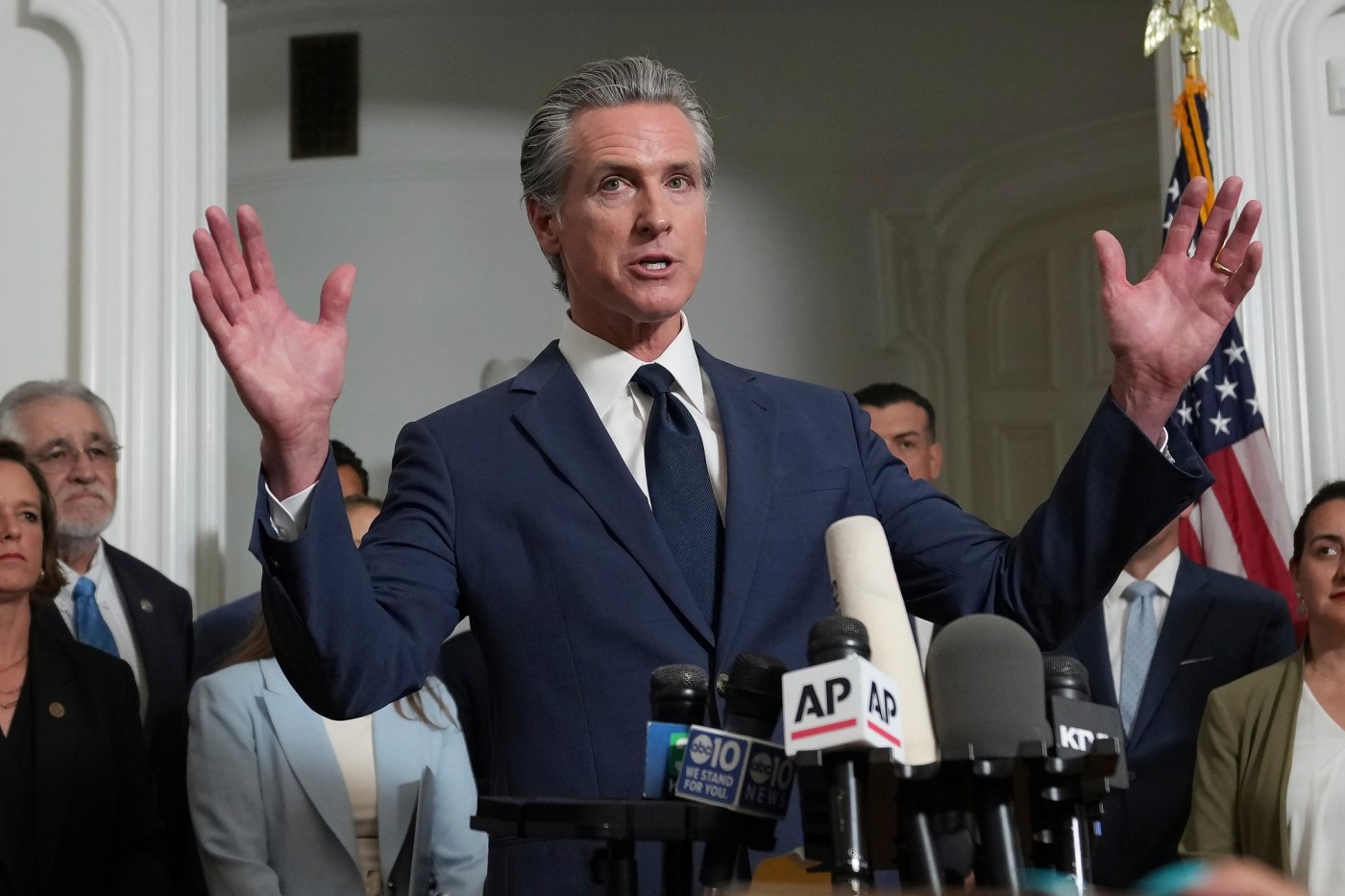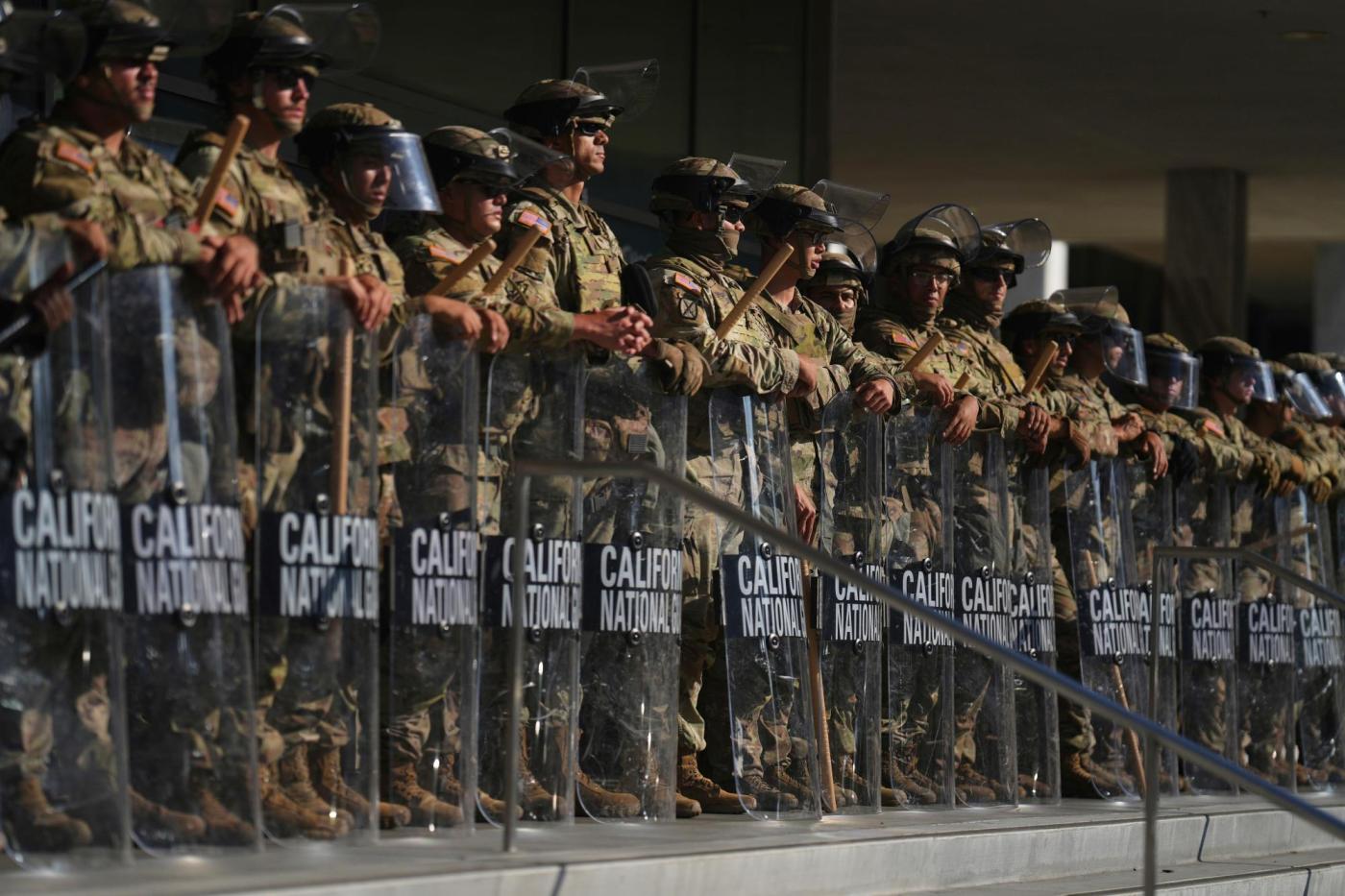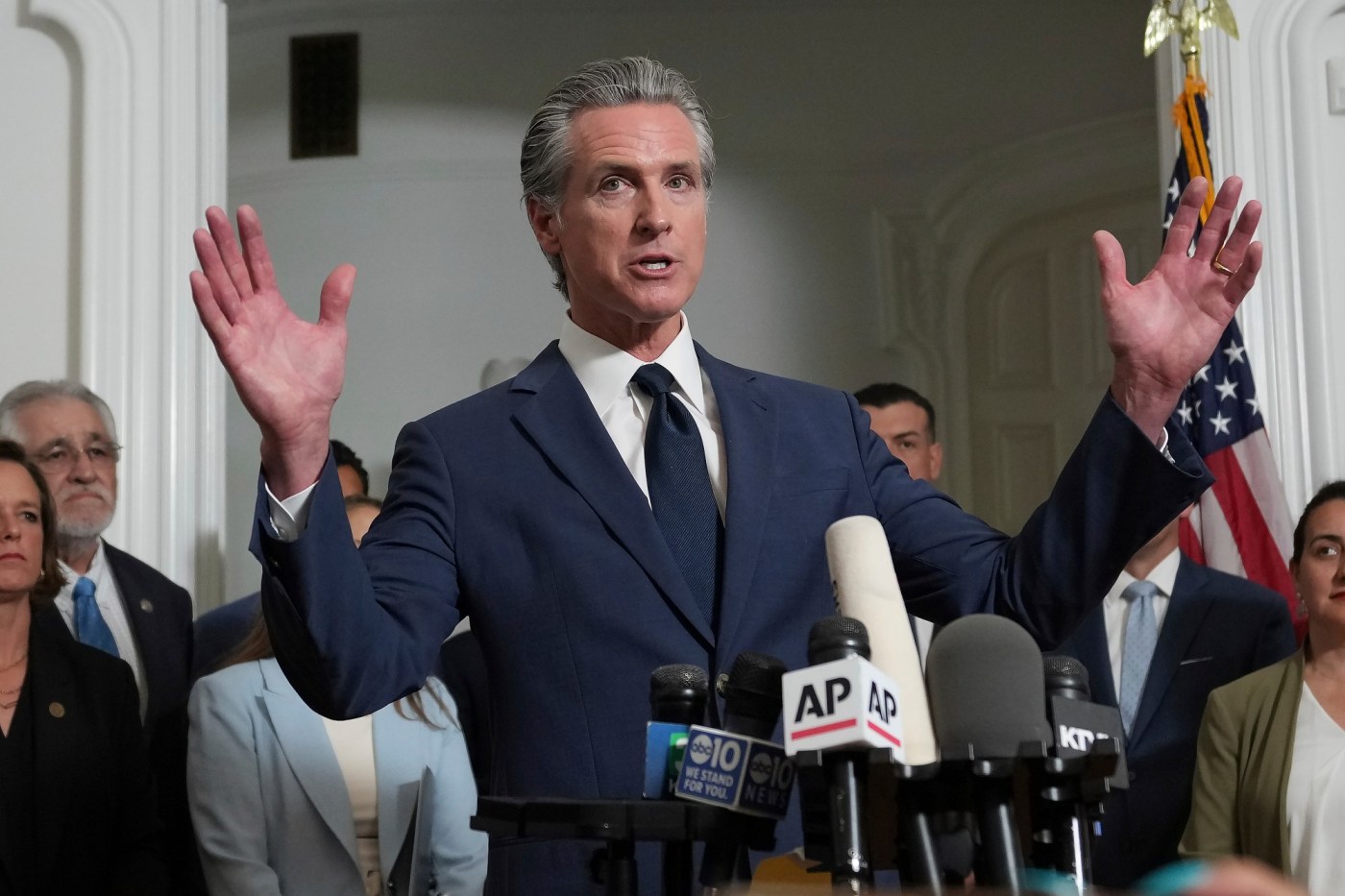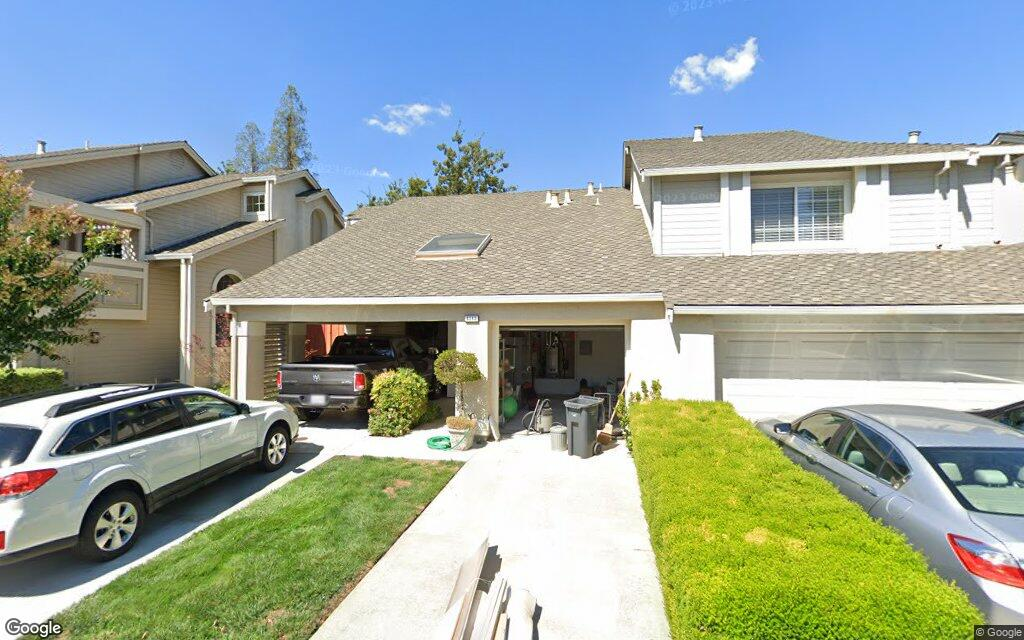Gov. Gavin Newsom wants California voters to gerrymander the state’s congressional districts, giving the Democrats a boost in the 2026 midterms — but only if Republicans in Texas or other states do it first.
To disregard California’s practice of independently crafting political maps to avoid partisan tilt, Newsom’s plan hinges on the compliance of lawmakers in the state Legislature, which is dominated by members of his own party. And so far, it doesn’t look likely that the governor will meet significant resistance.
Related Articles
Walters: California’s poverty crisis will hamper Newsom’s presidential ambitions
Texas sues in Northern California to force Democratic lawmakers home
What’s at stake as more Democrats coalesce around Gov. Newsom’s redistricting proposal for House seats
Trial to start in San Francisco on whether deployment of National Guard to LA violated federal law
Newsom embraces Big Oil — for now — to curb potential gas supply shortages
Democrats representing parts of the Bay Area say they’re not thrilled at the idea of intentionally redistricting California to improve their standing in Congress, but they’ll go along with it to counter President Donald Trump’s demands that Texas Republicans redraw political maps to gain an edge in 2026. Area state senators and assemblymembers appear poised to follow Senate President Mike McGuire and Assembly Speaker Robert Rivas, who have promised to carry out Newsom’s plan.
“I do not like it,” said Assemblymember Patrick Ahrens, a Democrat representing Silicon Valley. “The Republicans are spitting in the face of the Constitution right now, and we need to defend that. All options need to be on the table.”
California voters in 2008 and 2010, with support from then-Gov. Arnold Schwarzenegger, the last Republican to hold the office, approved creation of an independent, bipartisan commission to draw state legislative and congressional districts after the census every 10 years. That ended in California the practice of gerrymandering, in which a legislative majority creatively carves district boundaries to ensure they encompass a majority of voters from their party. At least seven other states have similar rules.
As Trump faces what is expected to be a difficult midterm election next year that could cost his Republicans control of Congress and stymie his agenda, the president has argued that Democratic party gerrymandering has tilted representation in Democratic states and urged Texas and other Republican-led states to do the same.
California Republicans including Steve Hilton, a GOP candidate for governor next year, have argued the state’s districts still favor Democrats — Republicans hold just 17% of the state’s 52 Congressional district seats, while roughly 40% of California voters cast ballots for Republican candidates statewide for president and U.S. Senate last November.
While Schwarzenegger opposed Trump, he is also rejecting Newsom’s redistricting plan, saying “two wrongs don’t make a right.” And Republican Rep. Kevin Kiley of Rocklin, whose district is expected to be targeted by Newsom’s plan, has introduced a bill in Congress to prohibit mid-decade Congressional redistricting nationwide.
Lawmakers in the state Legislature will take up the issue when they return from the summer recess on Aug. 18. They’ll be operating on a tight timeline to advance Newsom’s plan.
The governor has asked legislators to place a measure on the November 2025 ballot. If approved by voters, California would temporarily discard its current political maps, which were drawn after the 2020 census by an independent redistricting commission made up of Democrats, Republicans and unaffiliated residents. Those maps would be replaced by congressional districts drawn by Democrats with the explicit goal of giving that party the advantage in 2026.
Newsom’s goal is to flip five seats in California currently held by Republicans — a tit-for-tat as Republicans in Texas attempt to gerrymander their own state at Trump’s behest. It’s likely that no districts in the Bay Area would be radically altered because the region is dominated by Democrats.
It’s unclear, however, which Republican districts would be re-drawn to flip them. Ahrens said leadership will make the draft maps public on Friday.
According to The Associated Press, the affected Republicans are Reps. Ken Calvert and Darrell Issa in Southern California; Kiley in eastern California; David Valadao in the San Joaquin Valley; and Doug LaMalfa in Northern California. Valadao’s and Calvert’s seats are particularly vulnerable and were key to Republicans’ ability to take control of the House in 2024.
State Sen. Dave Cortese, a senior Democrat who represents San Jose, said Newsom and legislators aren’t involved in crafting the partisan maps. That’s the work of the state’s Democratic congressional delegation, he said. A spokesperson for Rep. Zoe Lofgren, who leads that delegation, did not respond to a request for comment.
Cortese said he’d “reluctantly” support a “consensus map” that Democratic incumbents in Congress can agree upon.
“It’s something that comes out of a Machiavellian world,” he said. “Trump, as usual, kind of struck first. I think there’s some justification to fight back.”
Some other Democrats are waiting to say definitively.
“Independent redistricting in California is an important model for the nation,” Assemblymember Alex Lee of Fremont said in a statement. “The people of California are the only ones who can decide to suspend that and bring back gerrymandering to the state.”
A spokesperson for Lee did not elaborate on his position and said the assemblymember, who chairs the Legislature’s progressive caucus, wasn’t available for an interview.
Democrats hold super-majorities in both chambers of the Legislature, which means Republicans will have few options to thwart upcoming votes on the issue. But James Gallagher, the Republican minority leader in the House, said the GOP will have plenty of room to fight the gerrymandering campaign.
“There will be lawsuits,” he said. “And at the ballot box, I believe we can win.”
David McCuan, a political scientist at Sonoma State University, said it’s a “done deal” that lawmakers will place the measure on the November ballot. When they do so, campaigning on both sides will be intense and attract national campaign contributions. Total spending could top $200 million, he said.
But with the ploy, Democrats have found a way to fight back against the Trump administration after months of searching for their voices, he said. They can raise their profiles — and Newsom, who is jockeying for a possible presidential run in 2028, “gets to lead that,” McCuan said.
“For Democrats, this allows them to catch lightning in a bottle,” he said.
Still, Democrats say it brings them no joy.
“You go to war not because you want to fight,” said former state Sen. State Glazer, who left office last year, “but because you need to fight.”





